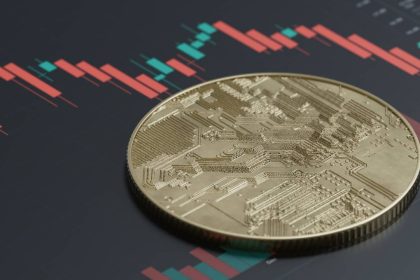I don’t believe in the old stock-market saying “Sell in May and Go Away.” In my opinion, you should never “go away” from the stock market altogether. But May is a good time to weed out your portfolio.
Unless you have a strong reason to do otherwise, I would:
· Sell any stock you’ve held for three years with no price appreciation.
· Sell any stock whose price is 60 times per-share earnings or more.
· Sell the stock of any company that has posted losses in the past year, unless you have a reasonable basis to believe it will be profitable soon.
· Take a hard look at any stock that has declined 20% or more from the purchase price. Ask yourself whether the original purchase rationale still holds.
Here are a few large, widely held stocks that I would consider selling now.
MicroStrategy Inc., a Tysons Corner, Virginia company headed by Michael Saylor, sells software for enterprise analytics and mobility. But the stock doesn’t trade based on that business.
It trades based on the company’s holdings of bitcoin. MicroStrategy owns some 214,000 of the crypto tokens. That is more than 1% of the 19.7 million bitcoins that have been issued so far. It’s about 1% of the 21 million coins that will ultimately be issued.
As of May 19, one bitcoin cost $66,934.60. So 214,000 of them would be valued at $14.3 billion. That is about half the market value of MicroStrategy stock.
MicroStrategy has financed its cryptocurrency purchases in large part by issuing notes convertible to common stock. So the current stockholders are at risk of seeing the value of their holdings diluted.
The company has posted a loss in three of the past four years.
Carlyle Group Inc., with headquarters in Washington D.C., is one of the larger private equity firms in the U.S. Such firms invest in private companies or take public companies private. They often cut costs, try to enhance revenue, and then take the companies public in a few years.
The acquisitions are usually done with borrowed money, and the cost of borrowing money has risen a lot in the past year.
The stock seems expensive to me at 12 times the company’s revenue. Revenue has declined over the past year, five years and ten years.
Muscular diseases are the focus at Cytokinetics Inc., a biotechnology firm based in South San Francisco, California. It is working on treatments for amyotrophic lateral sclerosis (Lou Gehrig’s disease), heart failure and several other conditions.
The company has posted losses in 13 of the past 15 years. Its liabilities currently exceed its assets by about $396 million. A clinical research breakthrough could prove me wrong, but I think the stock is overvalued at the current market capitalization of of $6.2 billion.
In the past few years, Boeing Co. planes have experienced two controversial crashes and one notorious door-panel blowout. The company will have to spend more on safety and redundant quality checks. This will slow down production and dampen sales, I believe.
Boeing has liabilities of $151.5 billion and assets of $134.5 billion. Of the past ten years, only five have been profitable.
Lyft Inc. plays second fiddle to Uber Technologies Inc. (UBER) in the U.S. ride-hailing market, with $4.4 billion in revenue last year, compared to Uber’s $37.3 billion. While Uber turned profitable in 2023, Lyft has yet to show an annual profit, although analysts expect to see one this year.
To me it is a cautionary sign that Lyft’s debt is more than twice the company’s equity.
The Record
I offer sell recommendations once a year in this column, usually in May. My “sells” from a year ago trailed the Standard & Poor’s 500 Total Return Index by ten percentage points, rising 18.4% while the index climbed 28.42%.
Clorox
Clorox
Longer-term results are mixed. My sell recommendations have trailed behind the index 10 times out of 16 – as they should. However, due to bad picks I made in 2005 and 2010, the average return on my sells has been 13.0%, while the S&P has averaged 12.2%.
Bear in mind that my column results are hypothetical and shouldn’t be confused with results I obtain for clients. Also, past performance doesn’t predict the future.
Disclosure: A hedge fun I manage owns put options on Boeing.
Read the full article here

















